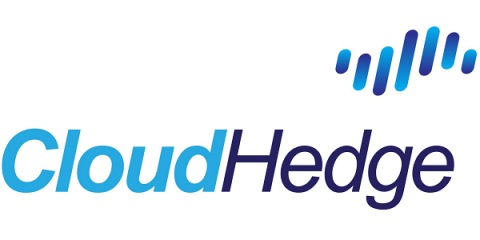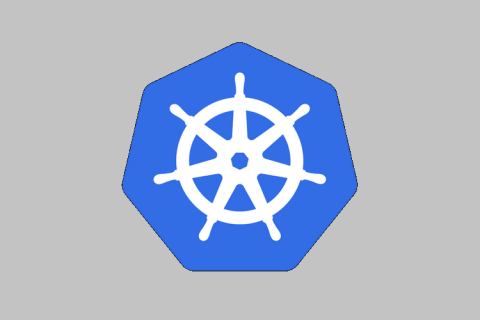Docker and Kubernetes: What is the Value of Containerization?
In the last few years, the primitive and conservative world is vanishing. In its place is emerging new world whose base is science and technology. The DevOps community has been flourished due to microservices and containerization-based architecture. According to 451 Research, container technology such as Docker and Kubernetes will eventually face the fastest growth in contrast with other cloud-enabling technologies, with an estimated CAGR of 40% through 2020.










